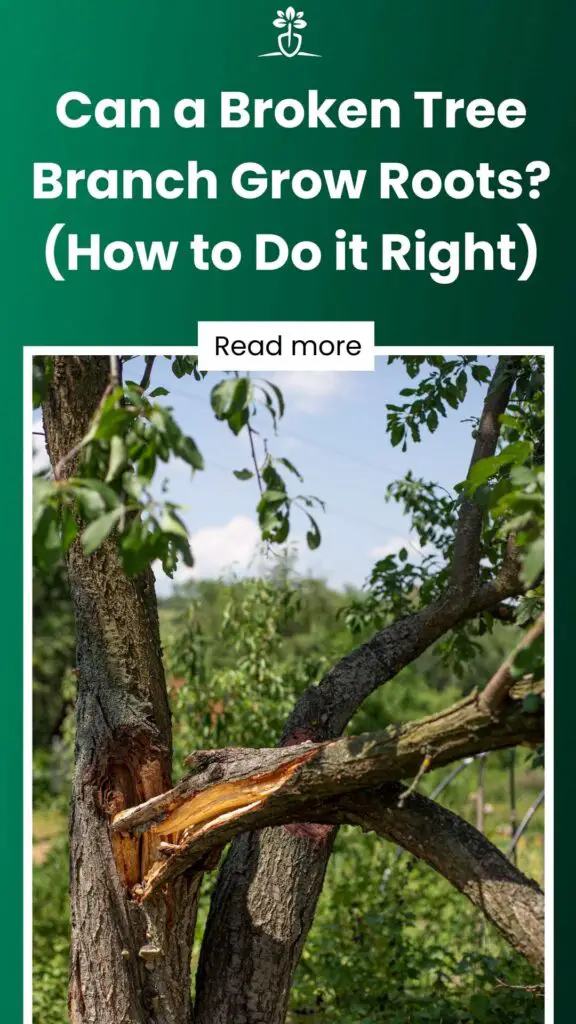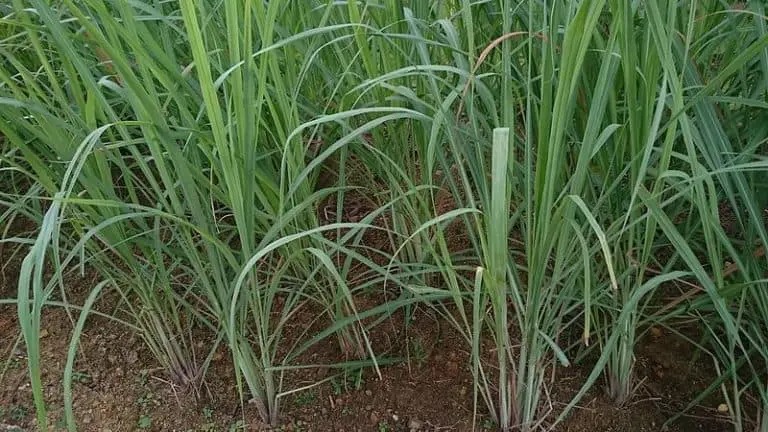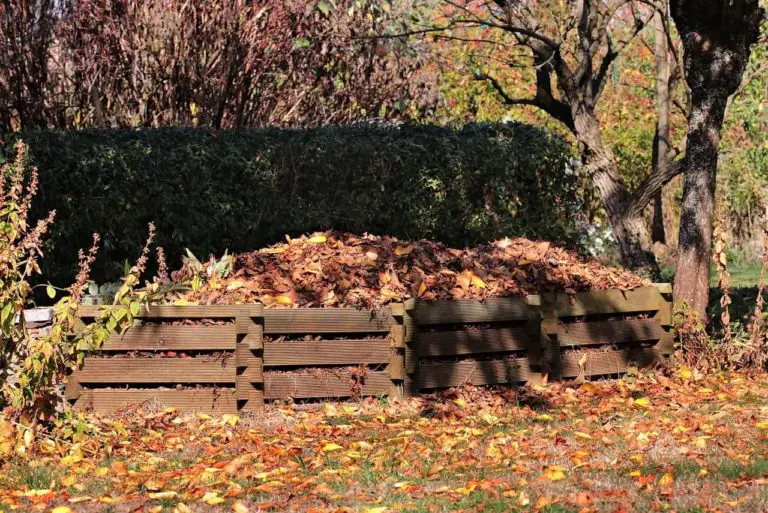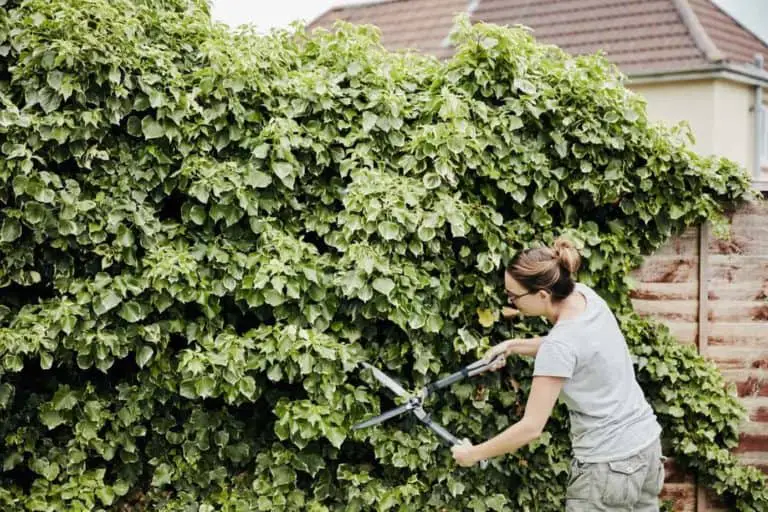Can a Broken Tree Branch Grow Roots? (How to Do it Right)
Garden lovers often ask if a snapped branch might sprout roots and transform into a whole new tree. Yes, it sure can!
Continue reading to find out how.
Contents
How to Get a Broken Tree Branch to Root
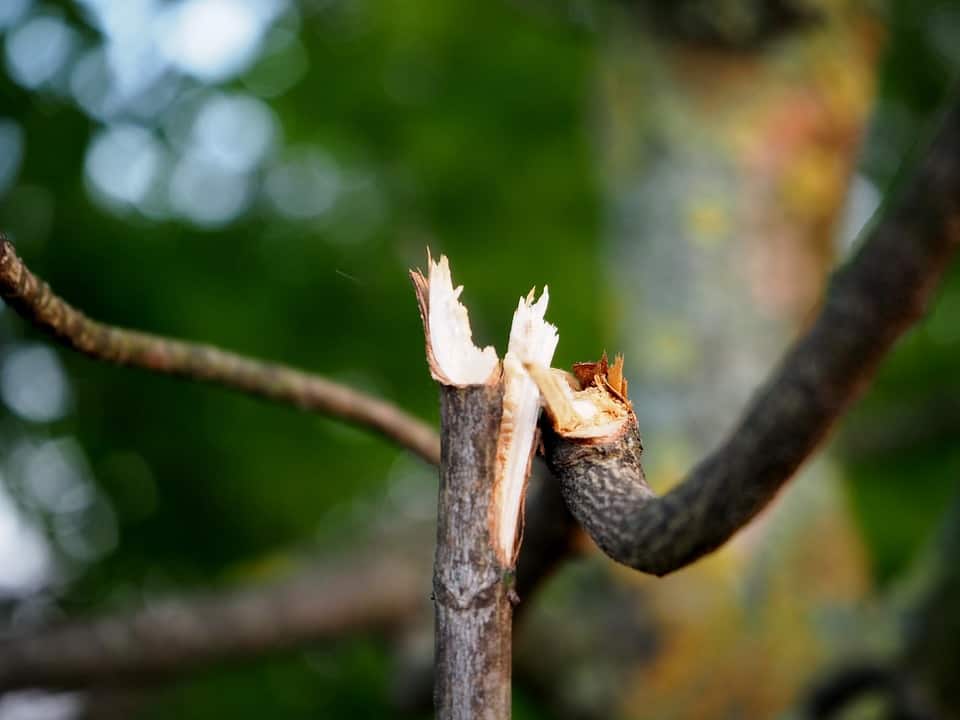
To get a broken branch to root, you need little money but a lot of patience and knowledge on what kind of branches root during a particular season. You also need to be well-versed in the required aftercare.
While it is possible to have a broken tree branch root, you can also use a method of propagation where you take a few cuttings from your favorite tree at the right time and then root them accordingly to create clones of the parent tree.
Can a Broken Tree Branch Grow Roots in Case of Accidental Breakage?
After natural disasters like a storm or hurricane, you should check for fallen trees and broken branches. It is usually challenging to root a large branch; however, you might be luckier trying to root younger branches and twigs.
Even in the case of twig cuttings, you cannot expect them always to root when directly planted in soil. Instead, you will usually have to pot them and use a rooting hormone to propagate growth.
For such branches to root, a propagation chamber with high humidity is necessary. An ideal place to root a broken limb is a greenhouse with a misting bench. However, you may attempt to use DIY methods to keep up humidity, like wrapping the pot in a plastic bag or using trays with high-domed lids made of plastic.
Related: Learn how to Save a dying oak tree
Removal Cut versus Reduction Cut on a Broken Tree Branch
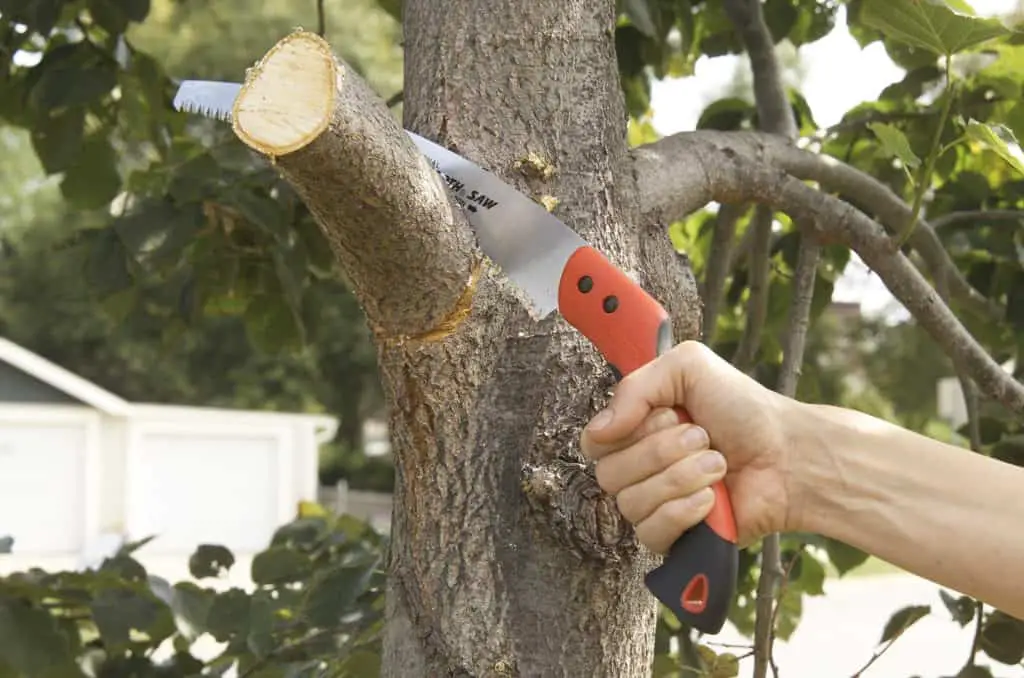
When you find broken branches in your garden, you can either opt for a removal cut or a reduction cut, depending on how the branch has broken.
What is a Removal Cut?
You carry out a removal cut when you remove the broken branch from the parent stem or the trunk. These branches can be rooted to grow identical trees from where they are cut. There are different angles for a proper cut depending upon the species of the parent tree.
What is a Reduction Cut?
You carry out a reduction cut when you want to remove the stem back to a lateral branch that is one-third its diameter. Broken branches have uneven ends; a reduction cut makes clean cuts behind the crooked end of the branch.
For best results, use young branches less than a year old to grow a new tree by rooting them.
The Importance of Disinfecting your Tools
Disinfecting all your pruning tools and gloves before handling any branches is extremely important. Sterile instruments help curb the spread of disease between plants that may carry pathogens.
Clean the tools by wiping them and soaking the blades in a solution of one part of bleach and nine parts of water for 30 minutes. You can also use alcohol wipes or dip the cutters in isopropyl alcohol or ethanol.
Different Methods to Grow Roots from Different Branch Species
Keep in mind that you cannot root every broken branch cutting in the same way. Rooting softwood cuttings and hardwood cuttings work best at different times in the year.
For softwood cuttings, early summer months and spring work better. A more suitable time to gather hardwood cuttings would be late fall or early winter.
Not all branches are easy to root and plant. For some difficult to root branches, you need to follow a unique method called air layering. Air layering works best in early spring.
Softwood Cuttings
You can propagate various trees and shrubs from softwood cuttings. We recommend working quickly while the broken branches still retain their moisture.
Pick a young branch without flowers and cut the end again to expose the fresh wood. Dip the newly trimmed and on rooting powder and plant it in a pot full of compost. Ensure there are no leaves at the bottom end of the branch, and the first set sits right over the compost.
Water the pot regularly. You can also place in it a plastic bag to keep up the required moisture level. Place the pot in a brightly lit place but out of direct sunlight. With adequate care to keep the compost moist, you will notice roots begin to form in 6 – 10 weeks.
Once the roots are healthy enough, the branch is ready to be transplanted, and you will have a young tree to look after.
Hardwood Cuttings
Rooting hardwood branches work best for deciduous shrubs after all the leaves have fallen. Your best chance of rooting hardwood trees is with branches that are less than one year old.
Remember which side is the branch end, cut it and dip in hormone powder. Plant the branch in a pot full of moist sand till spring. Hardwood branches take longer to develop a proper rooting system. Once the weather is pleasant in spring, dig a trench and put in the compost. Then, plant the branch for the root to continue growing.
Most hardwood branches take up to a year to have proper roots.
What is Air Layering?
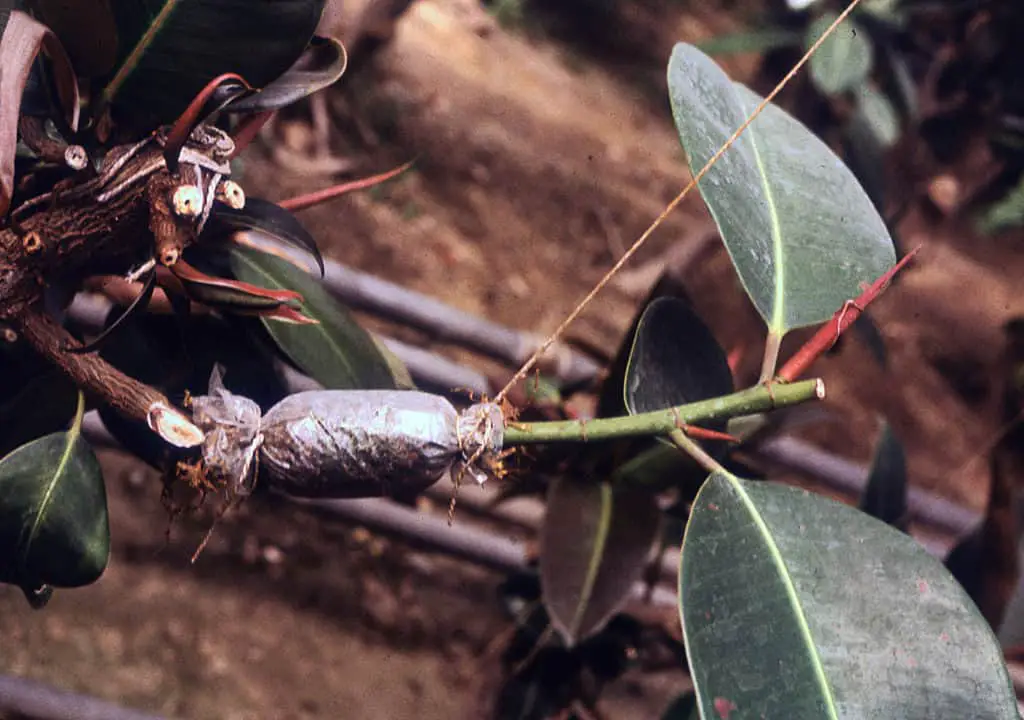
Some ornamental plants grown for aesthetic and decorative purposes are tough to root using pots and compost. For such branches, a unique method, believed to be discovered by the Chinese, air layering, is used.
When air layering a broken tree branch, you deliberately wound and cover it to encourage roots to grow.
Air layering is successful when attempted during early spring with young branches. Smaller branches, about the size of a pencil, work well with this method.
- Cut a flap or a ring in the branch.
- Stick a toothpick in for air and moisture to make way to the inner wood.
- Dust the exposed area with hormone powder.
- Cover the cut in sphagnum moss after soaking it in water for at least three hours. Squeeze the water out of the moss before covering the exposed branch and securing it in place with a string.
- Wrap the sphagnum moss in plastic and seal both ends with the electrician’s tape.
- When roots grow through the moss, cut the branch under the tape and remove it from both ends.
- Pot the branch with roots in a potting mix.
Helpful Tip: Following one of these methods, you will likely grow a tree from a broken branch identical to its parent plant. However, it would be good practice to start with several branches and take cuttings.
If some branches fail to root, you will have some new healthy trees ready to be transplanted to your garden.
